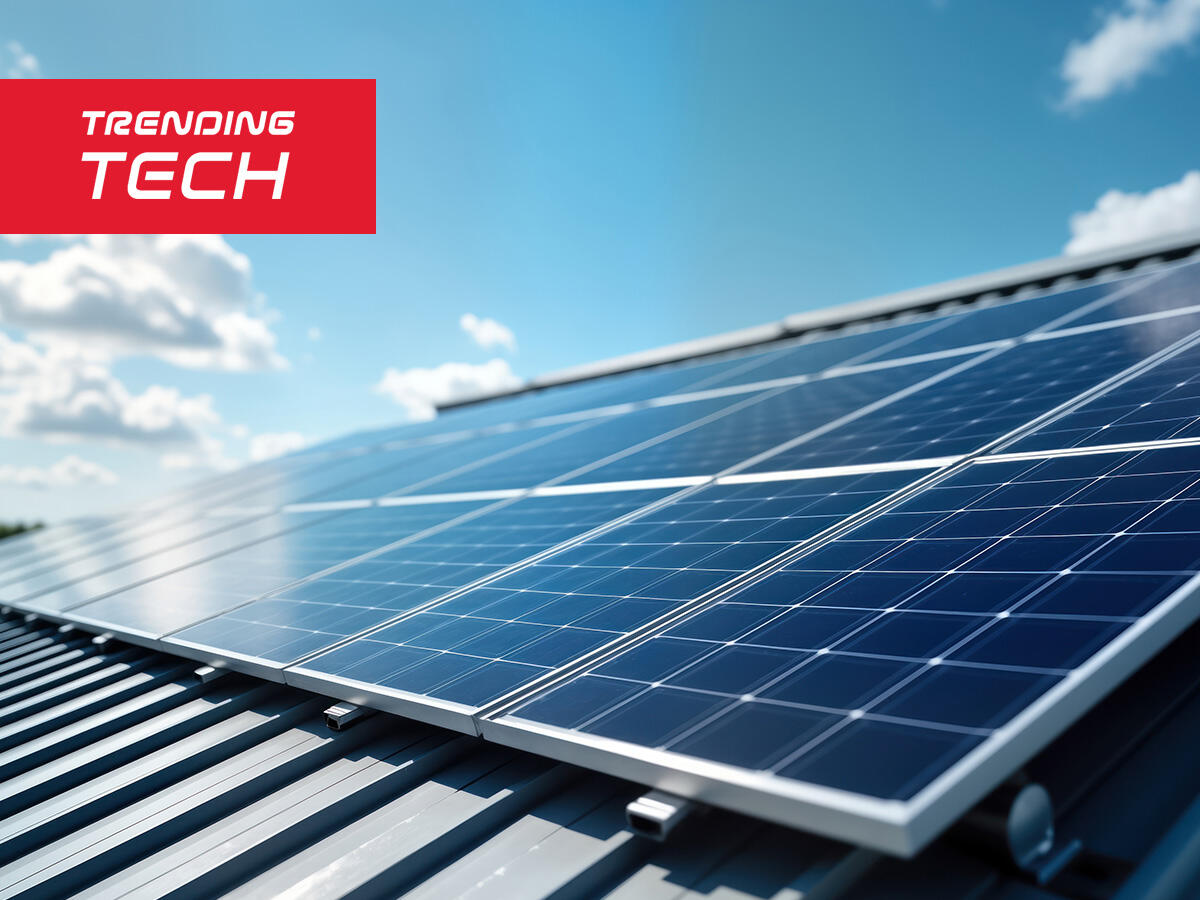From ocean to cloud: How smart buoy technology will redefine ocean monitoring

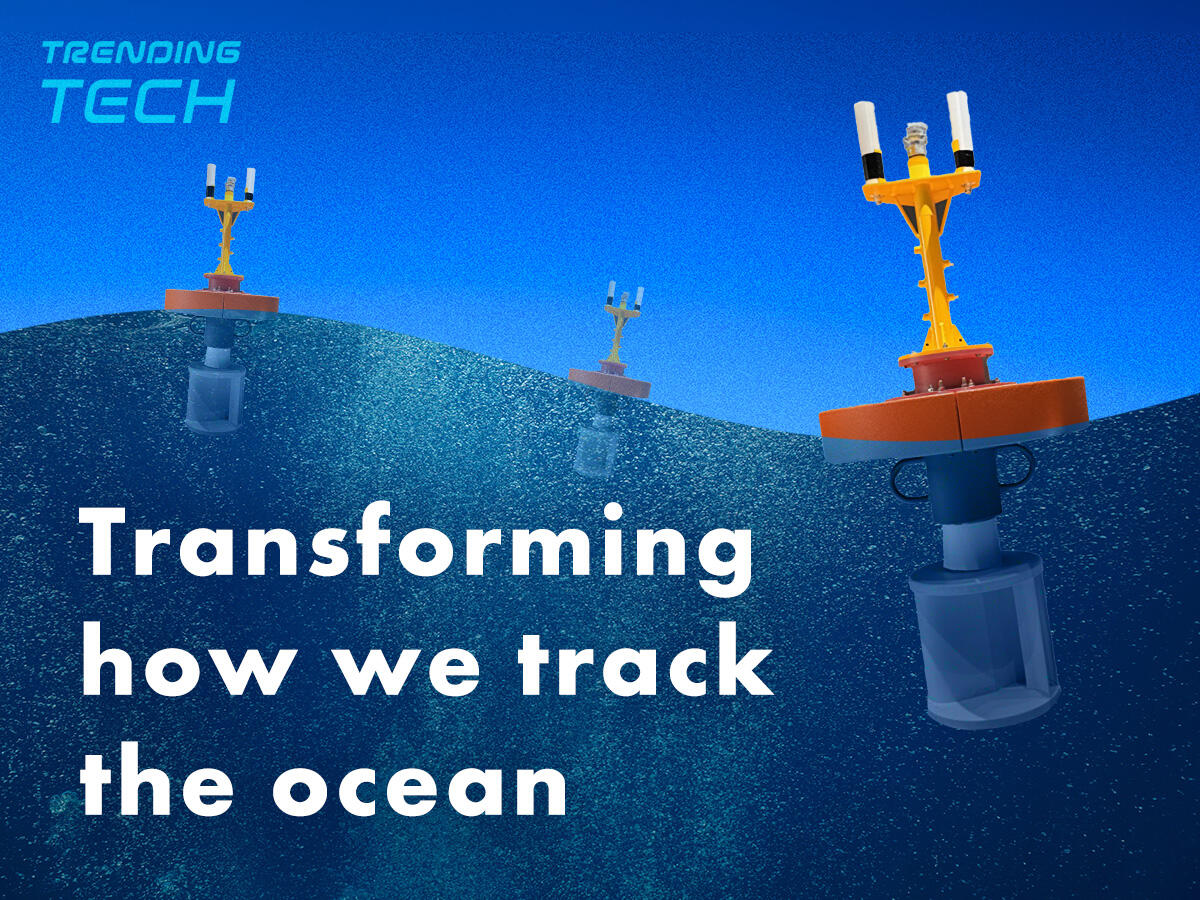
What happens when IoT technology meets the untapped potential of ocean energy harvesting? The result is a new frontier in marine monitoring: an autonomous buoy that provides real-time insights while powering itself with tidal currents. Developed in collaboration with Nagasaki University, Kyocera’s Smart-Sensing Research Buoy is reshaping how we collect, transmit, and utilize data from the ocean.
A pragmatic approach to energy harvesting
Powering remote ocean-monitoring systems has long been a challenge. This buoy eliminates issues with conventional technologies by tapping into the steady energy of tidal currents.
At its core is a turbine developed by Professor Daisaku Sakaguchi at the Nagasaki University. The turbine generates electricity even in currents as slow as 1 knot, storing energy in an onboard battery for continuous operation. This minimizes maintenance and maximizes reliability, offering a practical application of energy harvesting technology for remote systems.
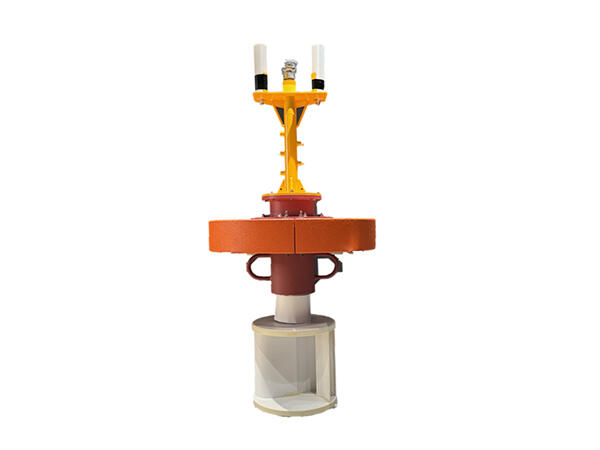
Modular sensors adapt to diverse needs
The buoy’s communication module suite, developed by Kyocera Corporation, allows users to customize data collection setups. Internal sensors track metrics like battery levels and GPS location, while external sensors can measure water temperature, salinity, chlorophyll concentration, and other parameters.
This adaptability makes the buoy suitable for applications ranging from marine conservation to disaster prevention and sustainable fishing. For researchers and engineers, it’s a ready-made solution for collecting precise data without the need for custom systems.

Real-time data, anywhere
Communication modules transmit data to a cloud platform every five minutes, providing near-instant access and eliminating delays. Anomaly detection sends alerts for unusual patterns, turning the buoy into an active monitoring tool.
This real-time capability enables faster decision-making and more dynamic approaches to problem-solving, whether tracking environmental changes or managing offshore operations.
*The GPS modules used in the smart buoy are only available in Japan.
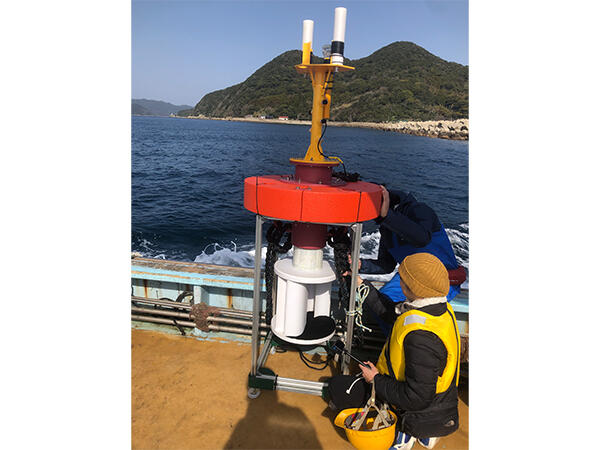
Engineering a new era in ocean monitoring
The smart-sensing research buoy combines tidal power, modular sensors, and real-time connectivity to push the limits of autonomous systems. Its ability to operate independently and reliably makes it a versatile tool for diverse applications, from aquaculture to environmental research.
With trials set to begin in 2025, the buoy marks a significant step forward in the evolution of ocean-monitoring systems.
Articles in the same series
Latest Articles
-
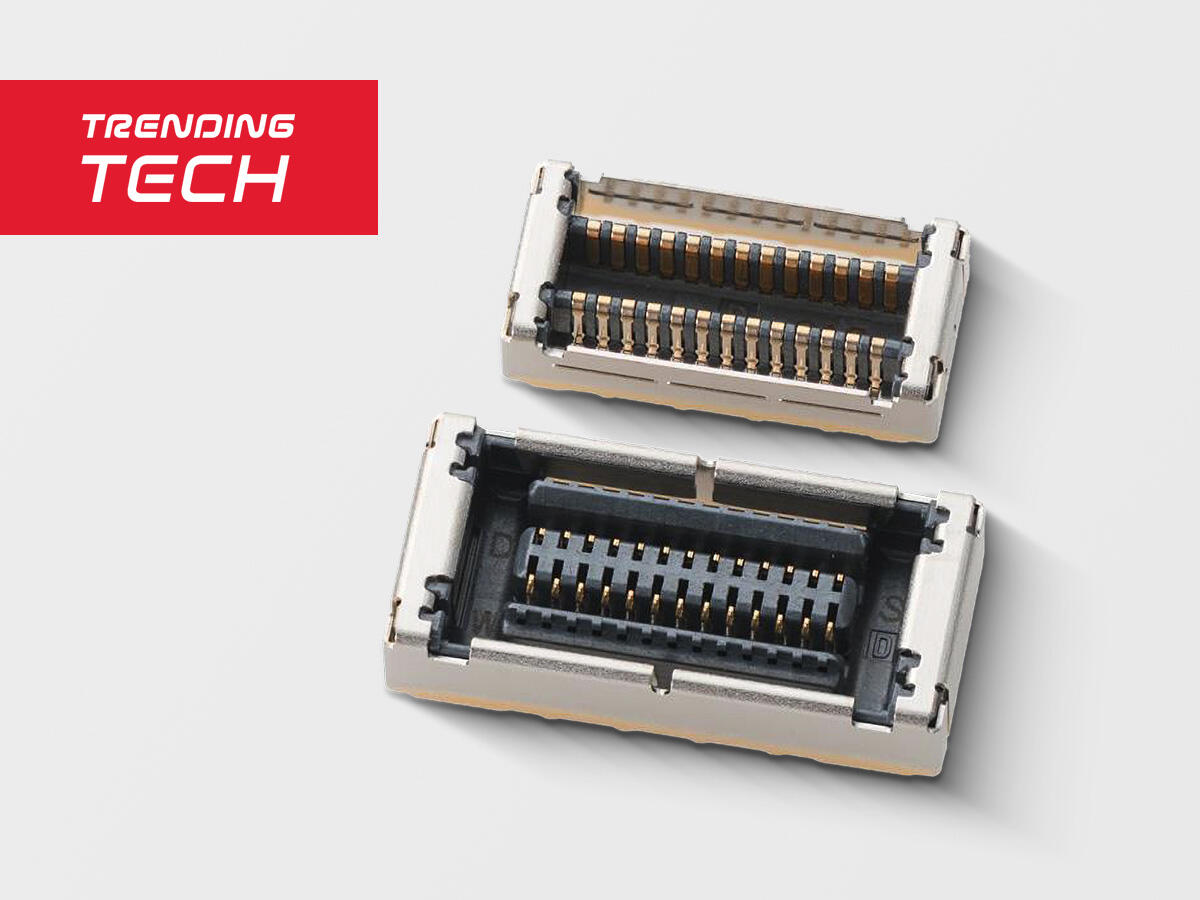
TRENDING TECH
New pitch board to board connector “5908 Series”
-

TRENDING TECH
The Next Frontier in Data Transfer
-
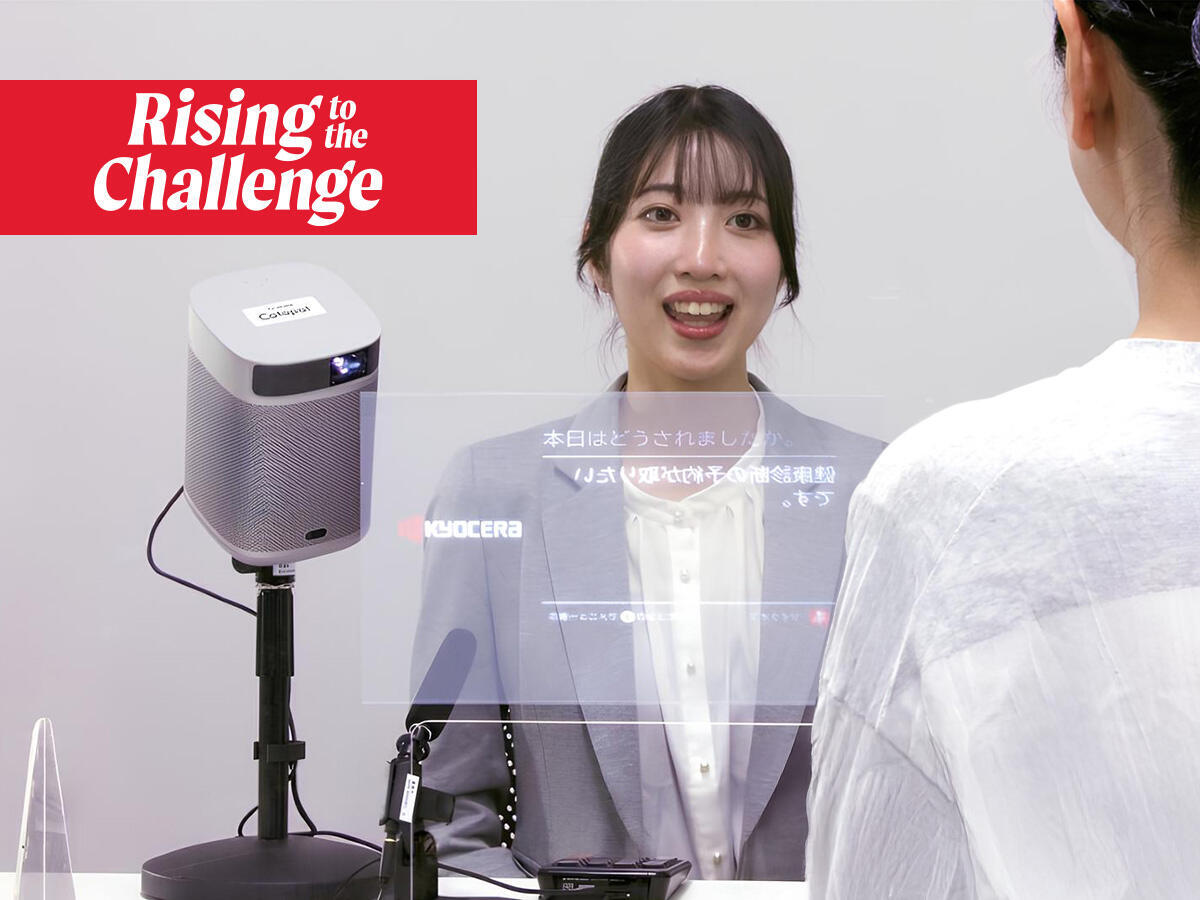
RISING TO THE CHALLENGE
Cotopat’s Market Success Driven by Rigorous Testing and Team Collaboration
-
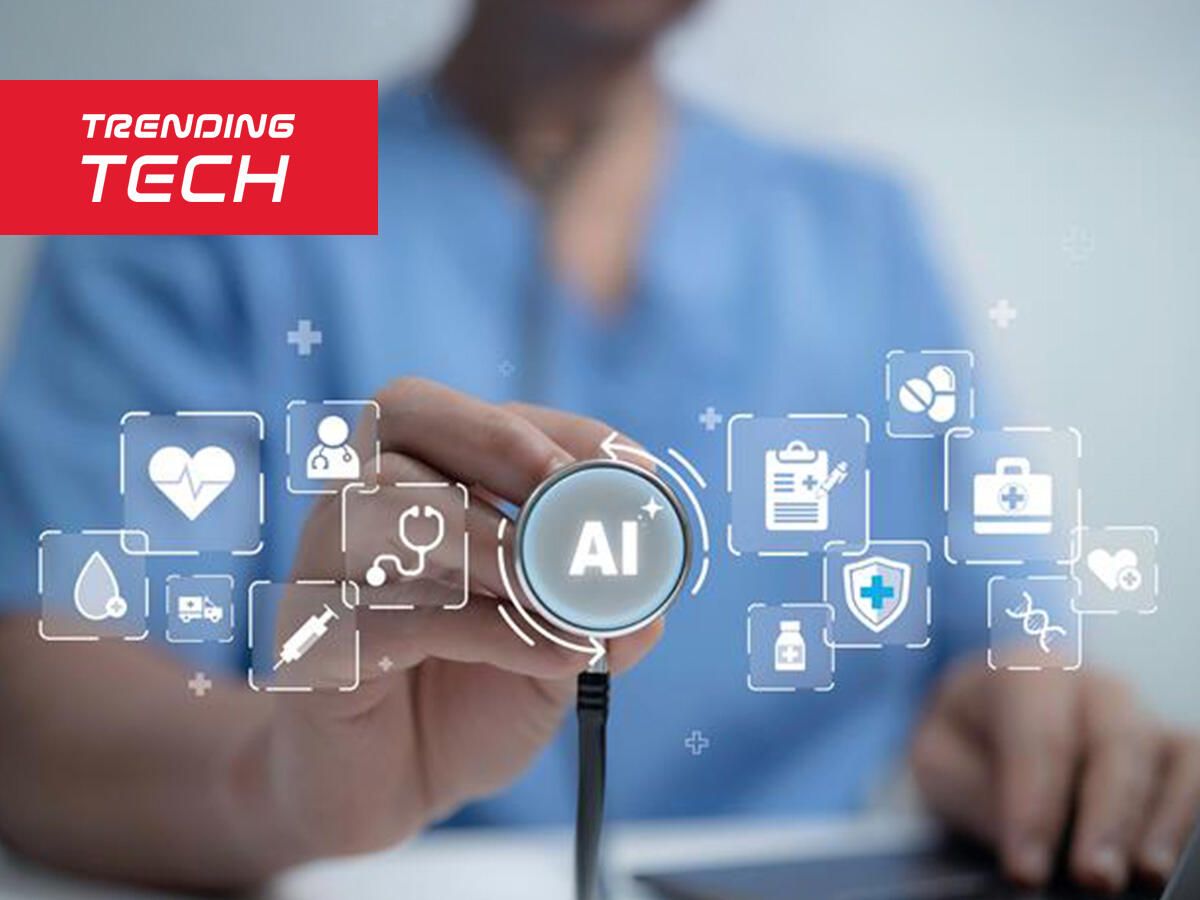
TRENDING TECH
AI Meets Legacy Systems – A Partnership to Watch
-
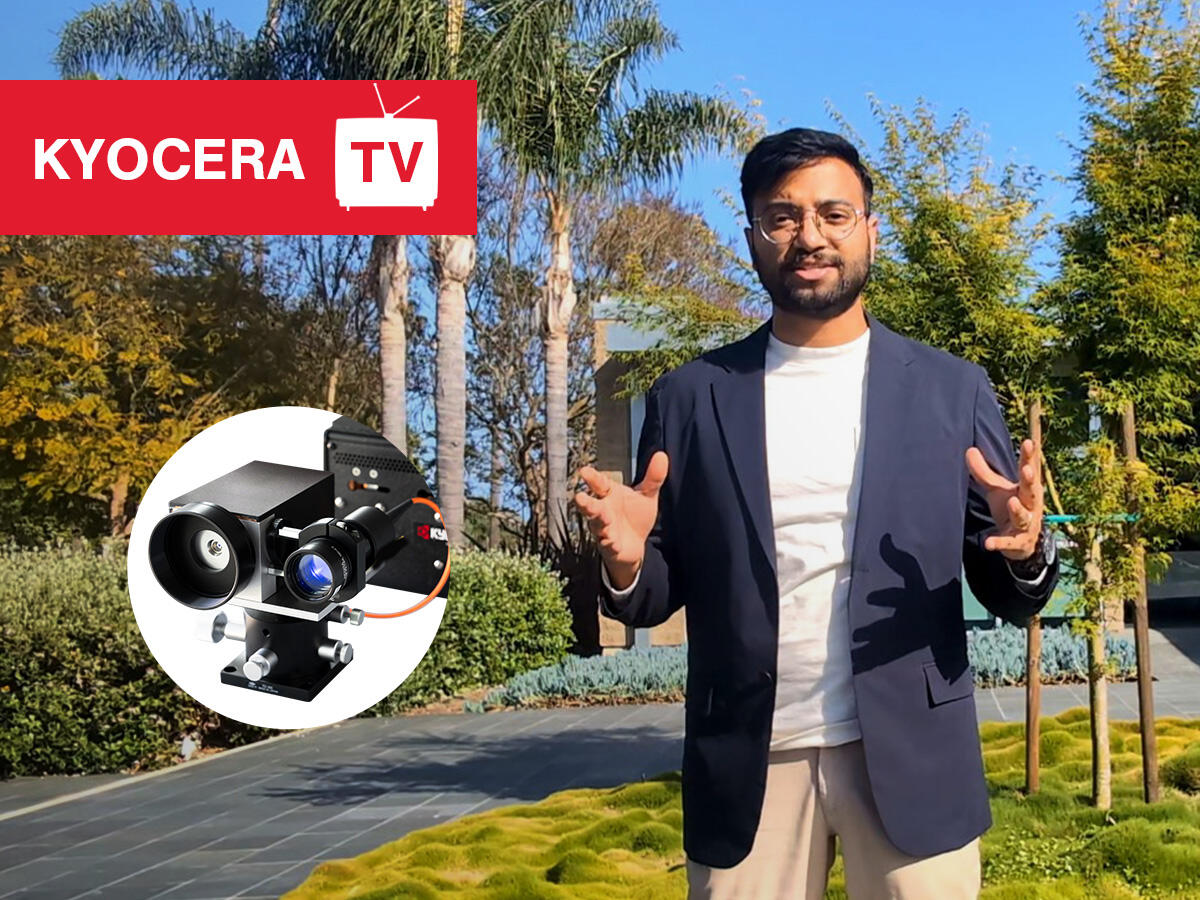
KYOCERA TV
Kyocera Teaches: What is LiFi?
-
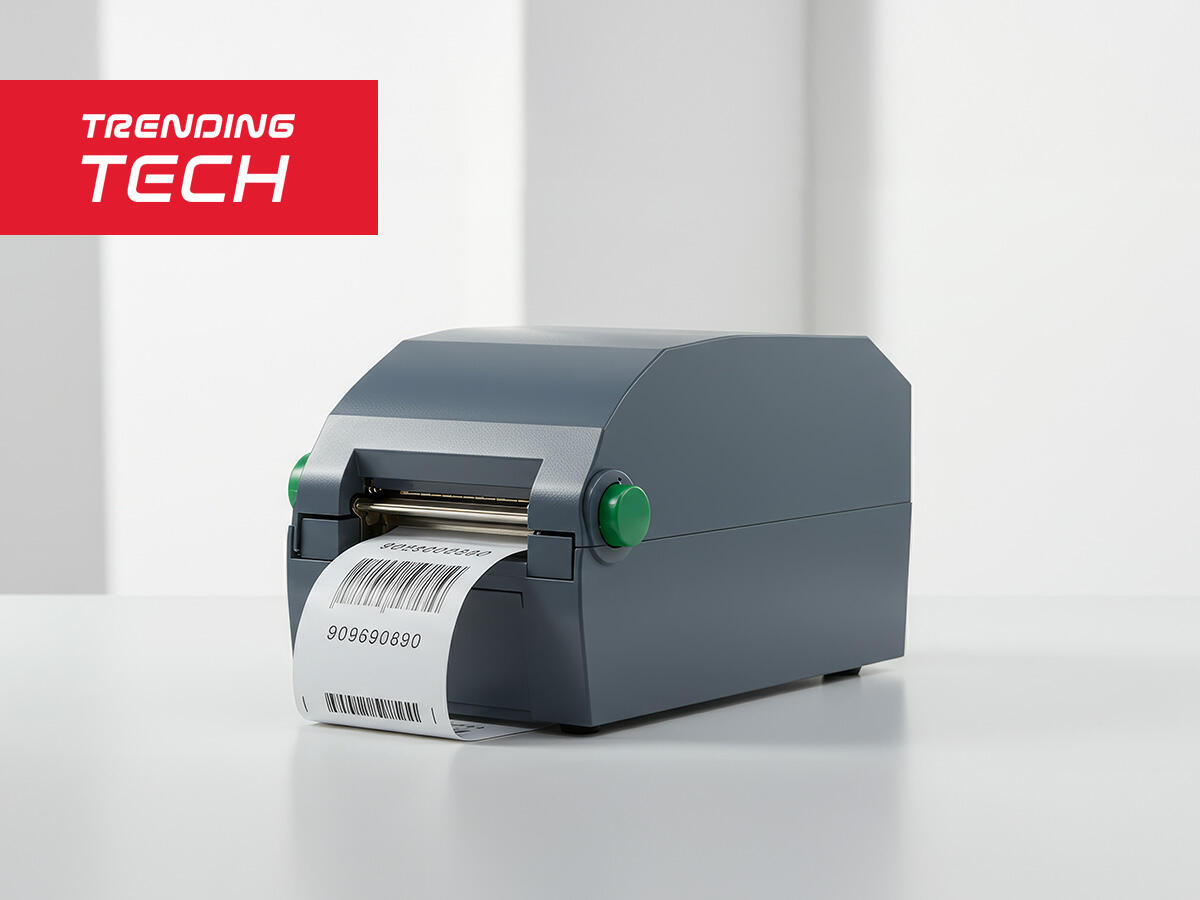
TRENDING TECH
Print Like Never Before: Kyocera Unveils 'TPA Series' Thermal Printhead for Stunning Quality


